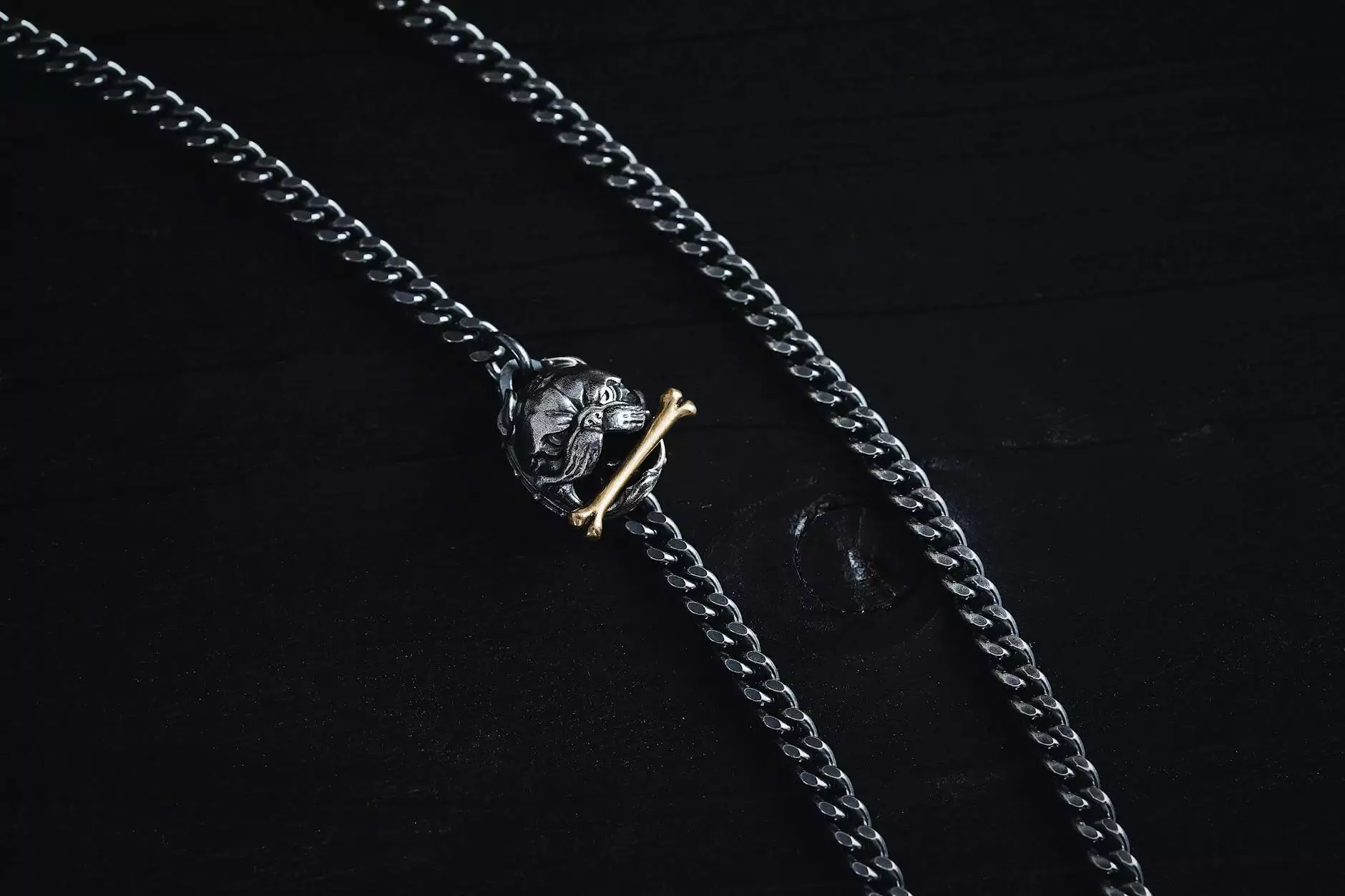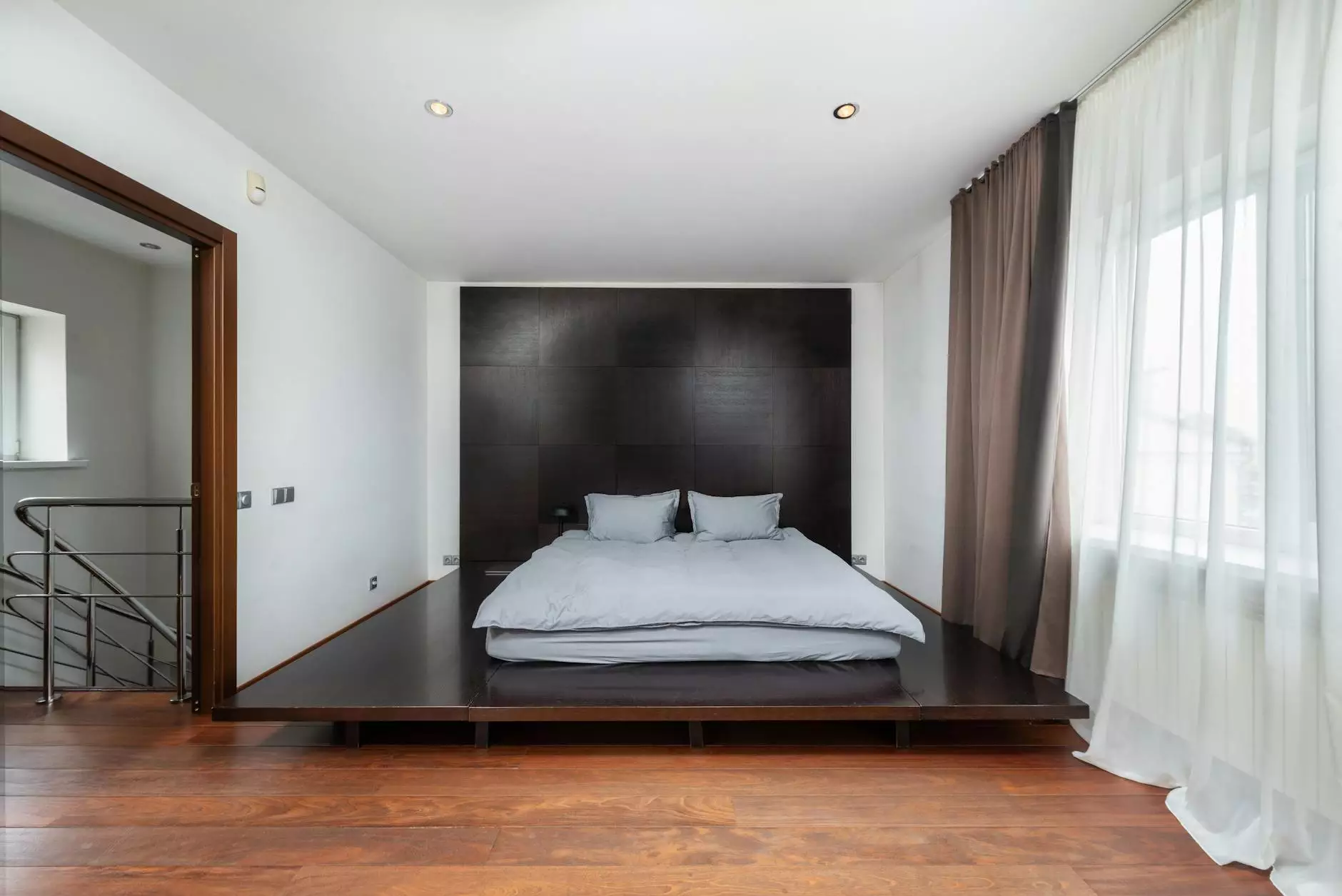Understanding the Human Design Chart: A Path to Self-Discovery and Success

What is a Human Design Chart?
The human design chart is a revolutionary tool that combines astrological, mathematical, and spiritual principles to create a unique blueprint of a person’s energy and potential. This chart can serve as a profound guide for individuals seeking to understand their inherent strengths, weaknesses, and life purpose. By decoding the complexities of your design, you can navigate challenges, harness your innate talents, and create a fulfilling life.
The Components of a Human Design Chart
A human design chart is composed of several components, each contributing to the overall depiction of an individual's potential. Below are the key elements:
1. Type
Human Design categorizes individuals into five main types, each with distinct characteristics:
- Manifestors: Initiators who can create and initiate new projects.
- Generators: Builders who have the energy to sustain and develop projects.
- Projectors: Guides who excel in pointing out opportunities and leading others.
- Reflectors: Mirrors of the community who reflect the environment and the people around them.
- Manifesting Generators: A hybrid type empowered to initiate and build simultaneously.
2. Centers
The chart consists of nine energy centers, which can be either defined (colored) or undefined (white). Each center corresponds to different aspects of life:
- Head Center: Inspiration and mental pressure.
- Ajnha Center: Intuition and understanding.
- Throat Center: Communication and manifestation.
- G Center: Identity, love, and direction.
- Heart Center: Willpower and ego.
- Spleen Center: Instinct and intuition.
- Solar Plexus: Emotions and feelings.
- Sacral Center: Life force and response.
- Root Center: Pressure and drive.
3. Profile
Your profile in the human design chart consists of two numbers that give insights into your personality traits and life path. Profiles range from 1/3 to 6/2, encompassing various personas and experiences.
The Origins of Human Design
The concept of human design was developed in 1987 by Ra Uru Hu, who claimed to have received a channeling experience that provided him with profound insights into the nature of human beings. By combining elements from multiple disciplines, including astrology, the I Ching, Kabbalah, and Chakra systems, human design emerged as a comprehensive approach to understanding oneself and others.
How to Generate Your Human Design Chart
To create your unique human design chart, you need to provide the following information:
- Date of Birth
- Time of Birth
- Place of Birth
Various online software tools and dedicated websites, such as bodygraphchart.com, can generate your chart based on the information you provide. Once you have your chart, you can begin interpreting the details to gain insights into your personality, energies, and potential life trajectory.
Interpreting Your Human Design Chart
Deciphering your human design chart can be an enlightening journey. Here are the main areas to focus on:
Understanding Your Type
Start by identifying your type. Each type has a unique strategy for decision-making. Following this strategy can lead to more satisfying outcomes:
Manifestors:
Manifestors should inform others before taking action to invite collaboration and reduce resistance.
Generators:
Generators are encouraged to respond to opportunities rather than initiate. Waiting for the right energy is key.
Projectors:
Projectors thrive on invitations; recognition of their skills will facilitate their greatest contributions.
Reflectors:
Reflectors should take their time in decision-making, waiting through a lunar cycle (about 28 days) for clarity.
Examining Your Centers
Each defined center reveals areas of consistent energy, while undefined centers show where you may take on others’ energies. For example:
- A defined Throat Center suggests consistent communication abilities.
- An undefined Heart Center may indicate a tendency to struggle with feelings of self-worth.
Profile Analysis
Your profile gives insight into how you interact with the world. For example:
- A 1/3 profile emphasizes a need for knowledge and learning through trial and error.
- A 6/2 profile exemplifies a natural leadership style that evolves through life experiences.
Practical Applications of the Human Design Chart
A human design chart can illuminate various aspects of your life, including:
Personal Growth
By understanding your design, you can foster self-awareness and emotional intelligence, helping you navigate personal challenges more effectively. Embracing your true self will empower you to pursue opportunities that resonate with your designed path.
Professional Development
In the workplace, a human design chart can provide clarity in career choices, teamwork dynamics, and leadership styles:
- Team Composition: Understanding team members' designs can enhance collaboration.
- Leadership Style: Adapt your approach based on your type and others' types for better results.
- Career Path: Align your work with your energy type to cultivate job satisfaction.
Relationships
The insights derived from your human design chart can also transform personal relationships. Recognizing and embracing differences in design promotes tolerance and understanding, leading to healthier connections.
Health and Well-being
By honoring your energy dynamics, you can enhance your overall well-being. Learning to respond genuinely to life rather than forcing actions results in a more balanced lifestyle.
Conclusion
The human design chart offers a profound avenue for self-exploration and personal transformation. By understanding your chart, you unlock the ability to navigate your life with intention, leading to deeper satisfaction in all aspects. Whether you are looking to enhance personal growth, foster professional development, or improve relationships, the insights gained from your human design chart can provide invaluable guidance. Take the first step towards understanding your unique design today by visiting bodygraphchart.com and embrace the journey of self-discovery!
human design chart








